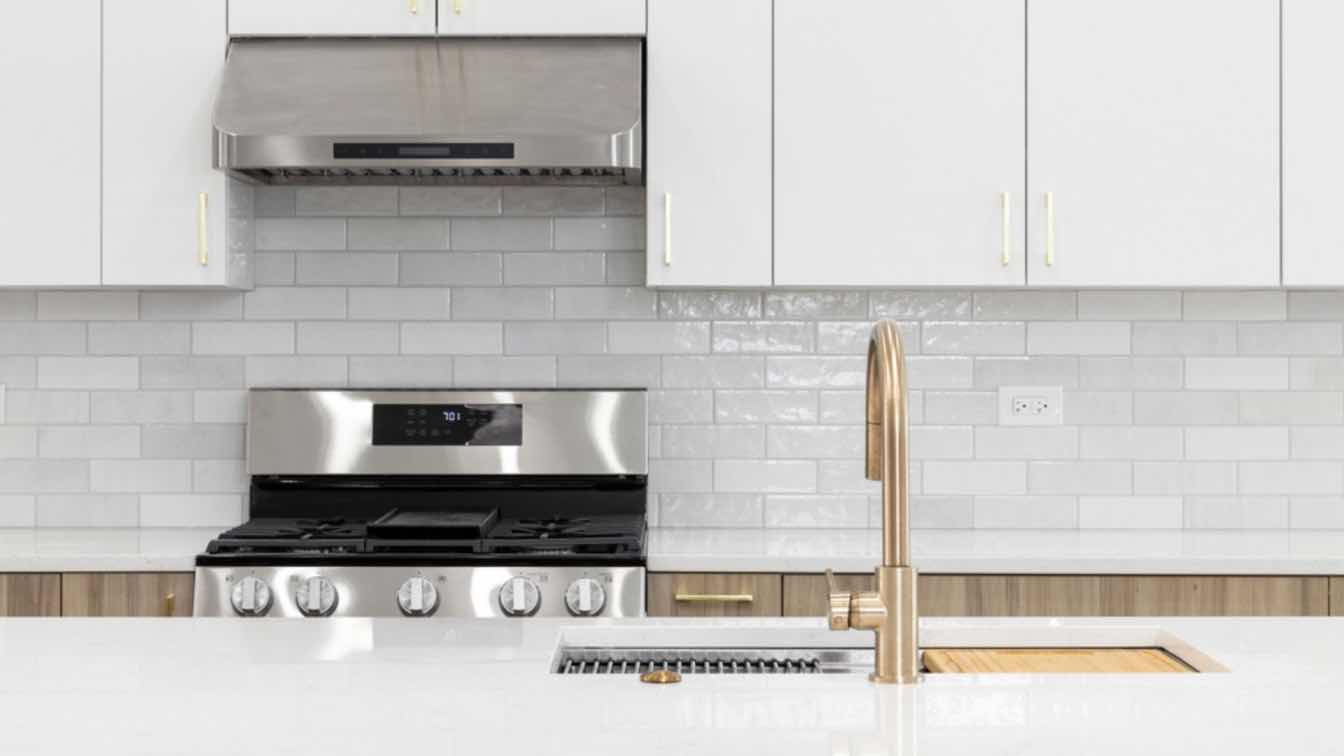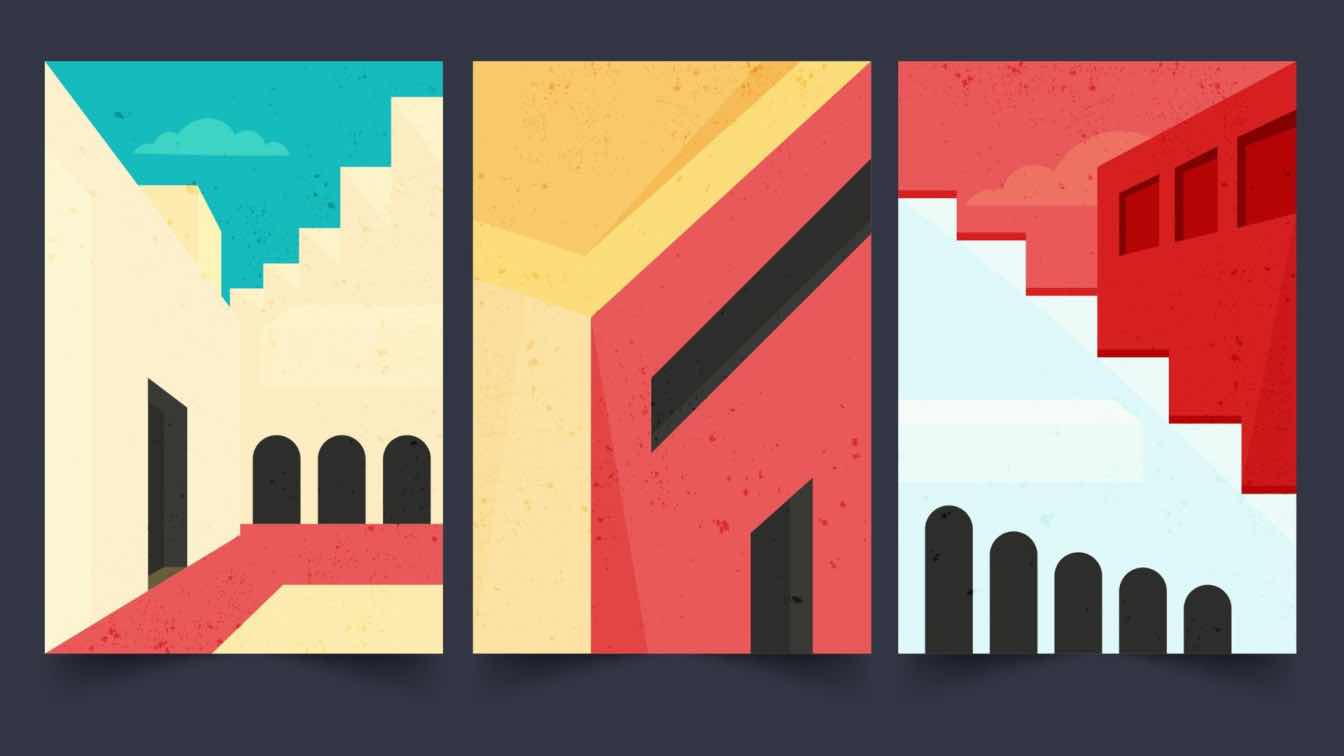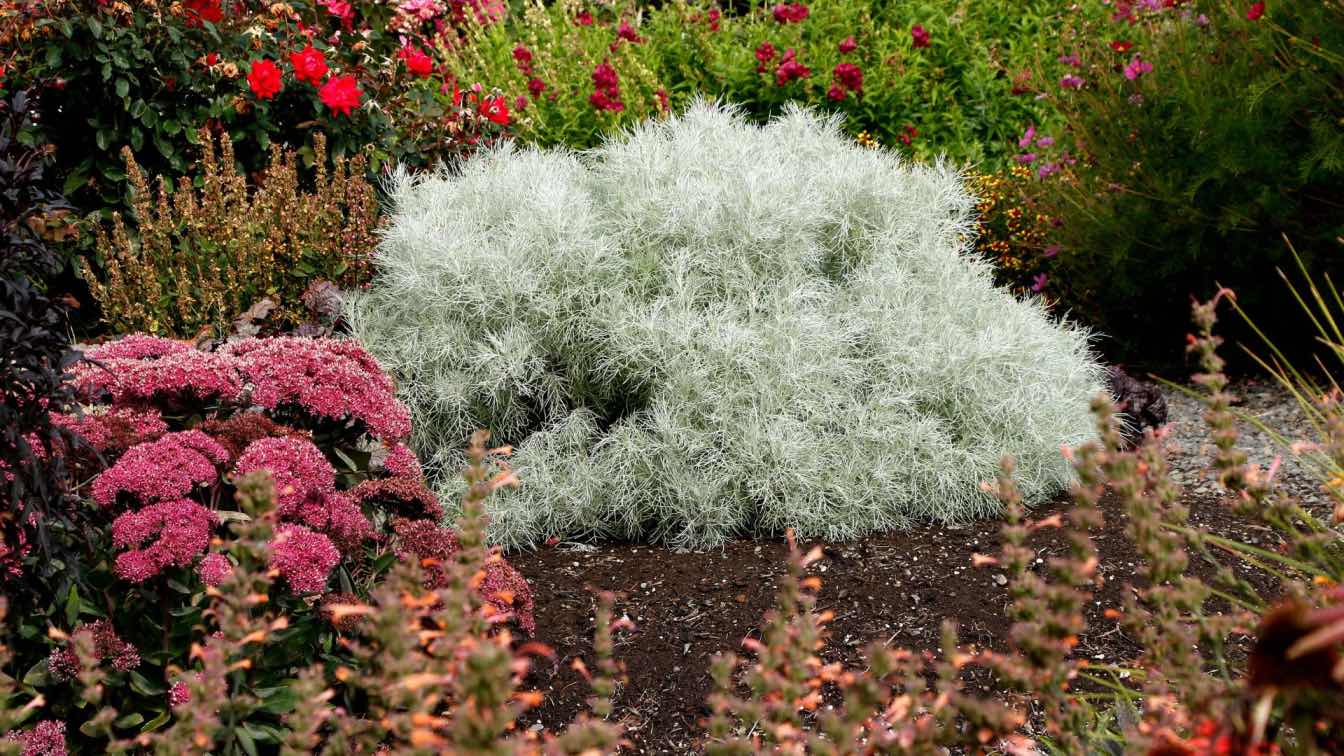When it comes to protecting the wall behind a hob or sink, not only are kitchen splashbacks ideal for shielding walls from splashes and steam, but they also double as décor.
Choosing the right material for your kitchen splashback is essential to ensure it holds up against the moisture and heat from cooking while delivering the decorative look you prefer.
If you’re looking for splashback ideas for your kitchen, you’ve likely discovered that two of the top choices are traditional tile splashbacks and contemporary glass splashbacks.
Both have their own benefits – but which should you choose? Let’s look into the pros and cons of glass splashbacks and kitchen wall tiles so you can make an informed decision.
Style Options
Being the conventional choice for kitchens, many people might assume there isn’t much variety in tiles, but there are plenty of different colours and finishes to choose from. There are also varying shapes and sizes, and more options for grouting than just white.
However, tiles can make a kitchen look dated if they aren’t compatible with the style of your cabinets and fixtures. On the other hand, a slim glass splashback can easily fit in anywhere, and there are many types available – including clear, back-painted, printed, or glitter glass.
Customisation
Tiles generally come in fixed sizes, but you can customise your splashback area by choosing different patterns or colours and arranging them however you like within the space available. For example, laying them vertically, horizontally, or in a herringbone pattern.
Glass splashbacks tend to offer a higher level of customisation because you can not only opt for different RAL colours, but you also have the ability to choose your own image to be printed on the glass. This makes it easy to match your splashback to your kitchen furnishings.
Installation
Installing tiles is a time-consuming and often expensive process, especially if you DIY. In addition to getting the tiles, adhesive, and grout, you’ll also need tools to prepare the wall surface, map out the tiles, cut any excess down to size, and apply them one by one.
You can’t cut toughened glass any further once it’s been tempered, so you have to measure precisely and order the splashback to your exact dimensions, including any drilled holes or cut-outs. After that, mounting the single panel with screws or adhesive is straightforward.
Overall Costs
There are lots of affordable tiles out there, but you get what you pay for, so if you want tiles that both look good and last a long time, you do need to pay more. The same goes for installation, as paying a professional tiler will achieve a better finish than a DIY application.
Toughened glass can also have a higher upfront cost, especially for larger panels or bespoke alterations, but it’s an investment that pays for itself over time. The heat-resistant and moisture-resistant glass is durable enough to last years with very little maintenance.
Maintenance
On top of having a fussier installation process, tiles also require more cleaning. The grout lines between tiles provide spaces for grime to build up, which can lead to discolouration and mould growth. Grout also needs top-up sealing before eventual replacement.
One of the things that keeps the long-term cost of a glass splashback down is that it doesn’t require much upkeep – you can simply wipe the glass panel clean to get rid of splatters or debris. No nooks and crannies to gather bacteria and no re-grouting needed.
Which material is best for kitchen splashbacks?
The answer to this question depends on the level of practicality and the aesthetic you’re looking for. Many people may prefer the look of tiles, but don’t want to commit to the installation or upkeep or require a greater level of customisation than would be affordable with tiles.
Glass splashbacks provide a great way to meet in the middle, because a printed glass splashback can display an image that recreates a similar texture – be it marble, brick, or a geometric pattern – while allowing you to cut the panel perfectly to size.
When shopping for kitchen splashbacks, it all comes down to your personal taste, the physical restrictions of your kitchen, your budget, and the time frame for ordering and installation.
While both have their pros and cons, toughened glass splashbacks typically pip tiles to the post in terms of overall affordability, appearance, and ease of use – but the final choice is up to you!





